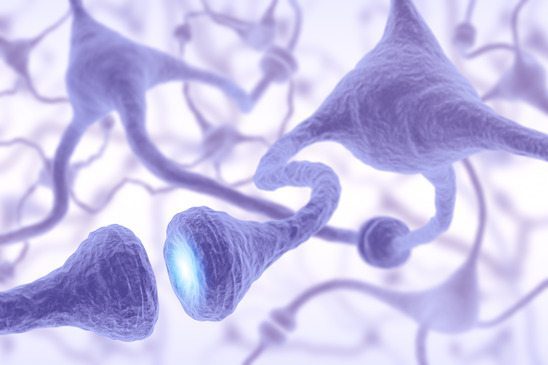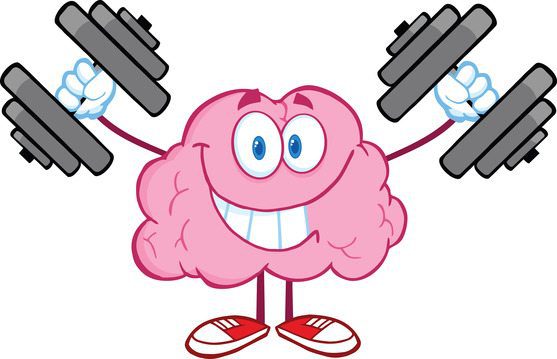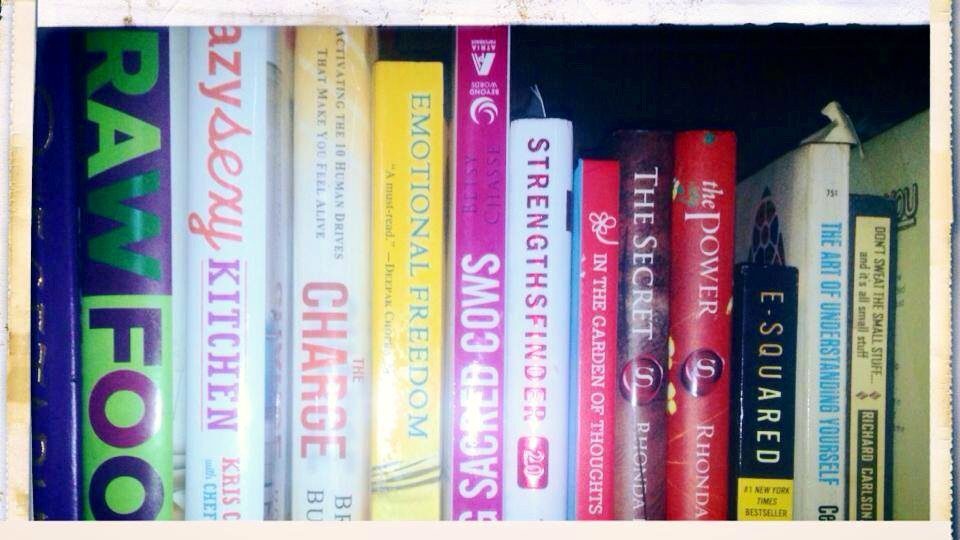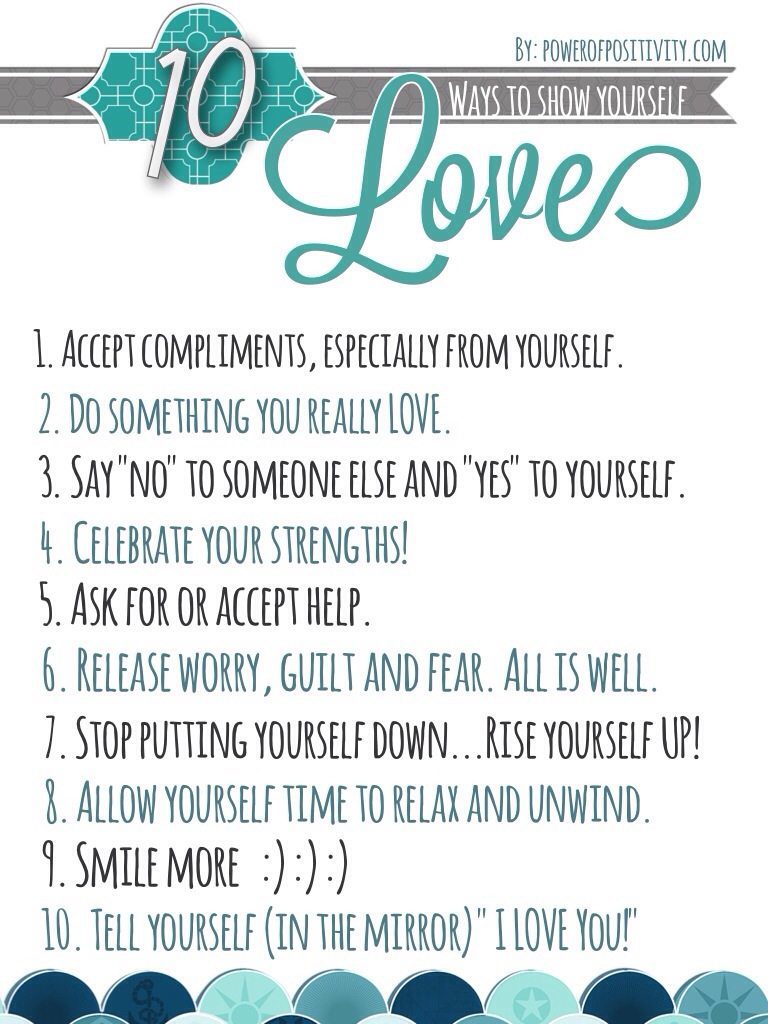Have you ever experienced lucid dreaming? That is, a dream in which you knew you were dreaming?
Have you experienced a dream in which you knew you were dreaming and was able to shape your dream and the experience?
Congratulations! You produced Gamma waves, the highest frequency brain waves possible. Also, you had a “lucid dream” – a dream in which you were able to realize a higher consciousness and reality than is normally attainable.
Pretty cool, huh? Let’s delve into this a little by explaining the science behind lucid dreaming, Gamma and other brainwaves and their benefits and uses, and how you can consciously form your own lucid dreams.
Your Amazing Brainwaves
Your brain produces five types of brainwaves: Delta, Theta, Alpha, Beta and Gamma.
Delta brainwaves operate at a very low frequency – .5 to 2 Hertz. This is the slowest possible brain frequency you can experience, and normally happens in a state of deep, dreamless sleep. Delta waves are very important for deep sleep, which is essential for healing and regeneration of mind and body.
Theta brainwaves operate at a frequency of 4 to 7.5 Hertz. These brainwaves are present during moments of light sleep and deep meditation. You experience Theta waves briefly as you drift off to sleep and when awakening from a deep sleep. Scientists believe these waves to be important for creativity and inspiration (here’s to you, artists!)
Alpha brainwaves operate between 7.5 to 14 Hertz. The waves are the doorway to your subconscious mind. Formed during moments of deep relaxation, such as a daydream or light meditation, these waves are the most valuable of all types for visualization and imagination.
Beta brainwaves, our most commonly experienced, operate between 14 and 40 Hertz andc4rvd occur when you are awake and alert. Obviously, these waves are important for essential functions such as work, driving, active learning and listening. However, these are also the most stressful, as your brain works hardest at this state. Beta waves are the reason why rest and relaxation are a necessity.
Finally, there are the Gamma brainwaves. These waves are the fastest type, operating at a frequency of over 40 Hertz. In addition to being the source of lucid dreams, Gamma waves also produce breakthrough insights, very high-level cognitive functioning, and peak focus.
Other great benefits of Gamma waves: joy, self-control, love and compassion!

Increasing Gamma Waves – the Dalai Lama story
With all of the incredible benefits of Gamma wave production, you are probably thinking: I want Gamma waves! Give me more Gamma! Or something to that effect…
Here is the wonderful news: you can perform activities that will increase Gamma waves!
The best, most proactive activity for increasing Gamma production: meditation. Let’s take a look at perhaps the most prominent ever study done proving this assertion.
A renowned, brilliant neuroscientist by the name of Dr. Richard Davidson (please “Google” him) is perhaps the most prominent, sought after expert on contemplative practices (i.e. meditation) in the world.
He’s also a long-time friend and companion of the Dalai Lama.
In 2002, his Holiness sent eight of his monks to visit Davidson’s lab for a groundbreaking study; during which, the Buddhist practitioners were connected to an electroencephalograph (EEG) machine for brain testing and scanning. As a comparative element of the study, Dr. Davidson used ten student volunteers with no meditation experience.
The monks and students were connected to 256 electrical sensors and asked to meditate for a short period of time. The results of the study are nothing short of extraordinary…
Davidson discovered that meditation activated the monk’s trained minds in very different ways than those of the students. Most notably, the monks produced the strongest, most frequent Gamma brainwave activity ever recorded, far surpassing the Gamma production of the student participants.
In other words – meditative practice can change your brain and has a profound effect on your ability to produce more Gamma waves.
If you never had a great reason to become a student of meditation, you do now…

Gamma Waves, Lucid Dreams and the Future
Needless to say, scientists all over the world are excited about Dr. Davidson’s studies and others like them.
In one study in Frankfurt, Germany, scientists administered an electrical current to sleeping people’s brains and were able to induce lucid dreaming in many participants. The volunteers noted that they were able to control the dream’s plot and observe and interact willingly.
Breakthrough studies such as these are opening up an entirely new discussion on what is possible with the human brain and our realities. The ability to induce lucid dreams, treat mental ailments such as Post Traumatic Stress Disorder (PTSD), and even access a realm unknown to us in our regular, everyday states now seems more possible than ever.
All of a sudden with the help of modern technology, visionary scientists and their remarkable studies, the Dalai Lama and his monks, and meditative techniques, Humankind may just made one of the most important discoveries in our history: the ability to literally transform our realities.
Just don’t forget to drop the Dalai Lama a “Thank You” card.
As a side note, Dr. Davidson continues to conduct rigorous scientific research on healthy qualities of the mind within his organization. The Center for Investigating Healthy Minds at the Waisman Center can be visited online at www.investigatinghealthminds.org
For more information on the famous study in Frankfurt, Germany, and more information on lucid dreaming, visit http://www.world-of-lucid-dreaming.com/lucid-dream-research.html



 By monitoring and controlling your breath, stretching your body, or using another activity such as mindful walking or
By monitoring and controlling your breath, stretching your body, or using another activity such as mindful walking or  By bringing more attention to relationships, we can more
By bringing more attention to relationships, we can more




 Types of Bibliotherapy
Types of Bibliotherapy





